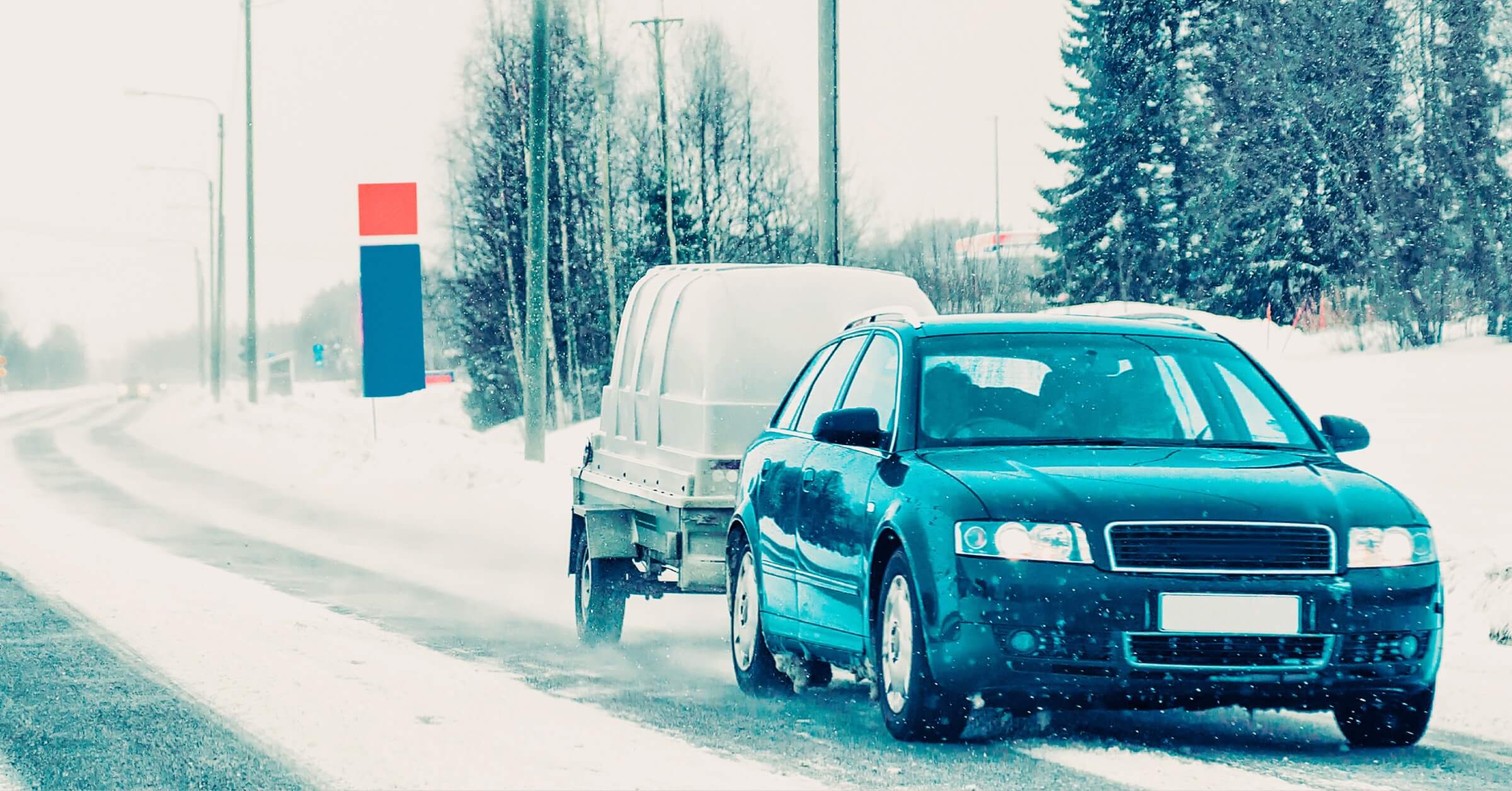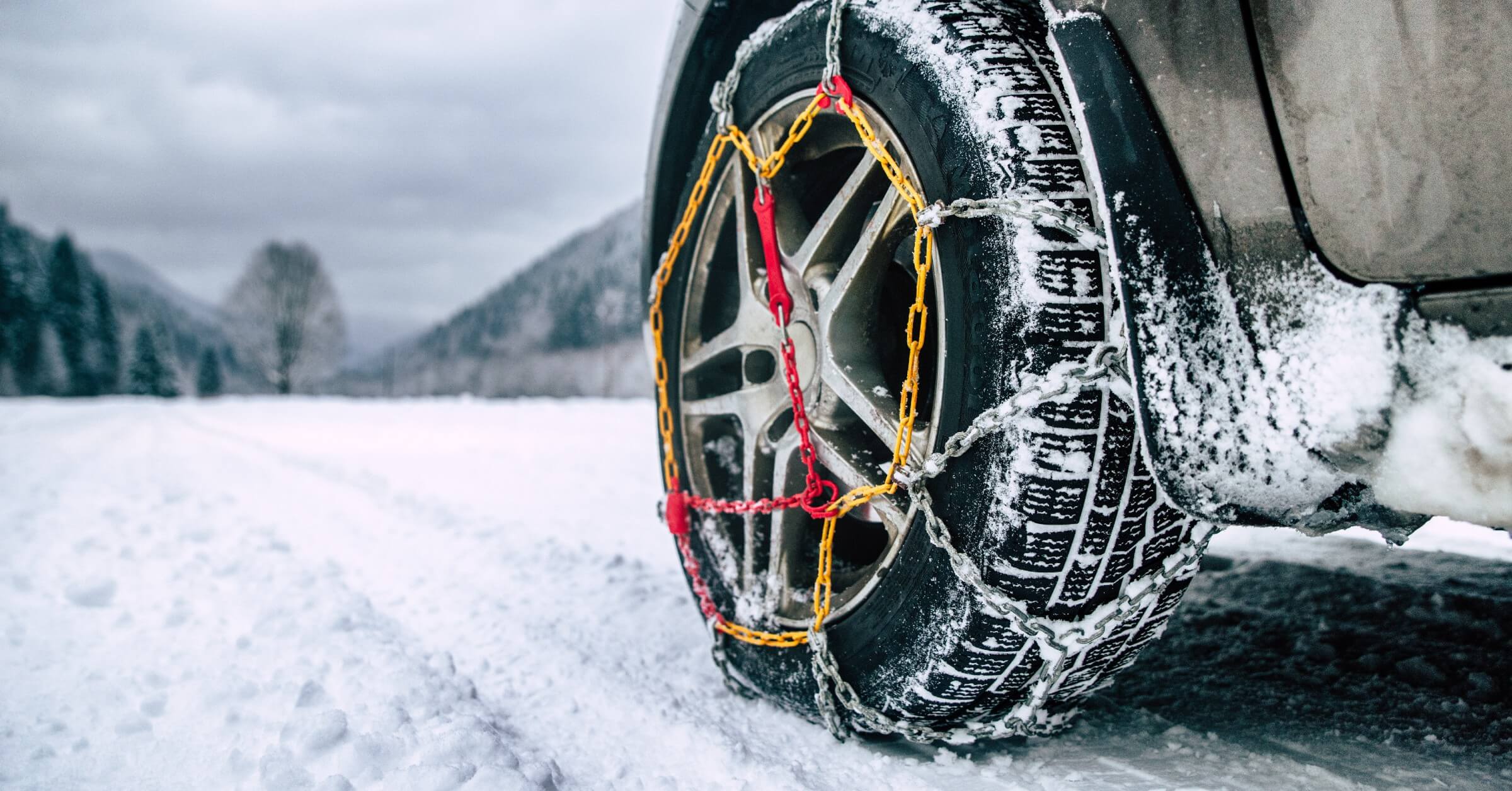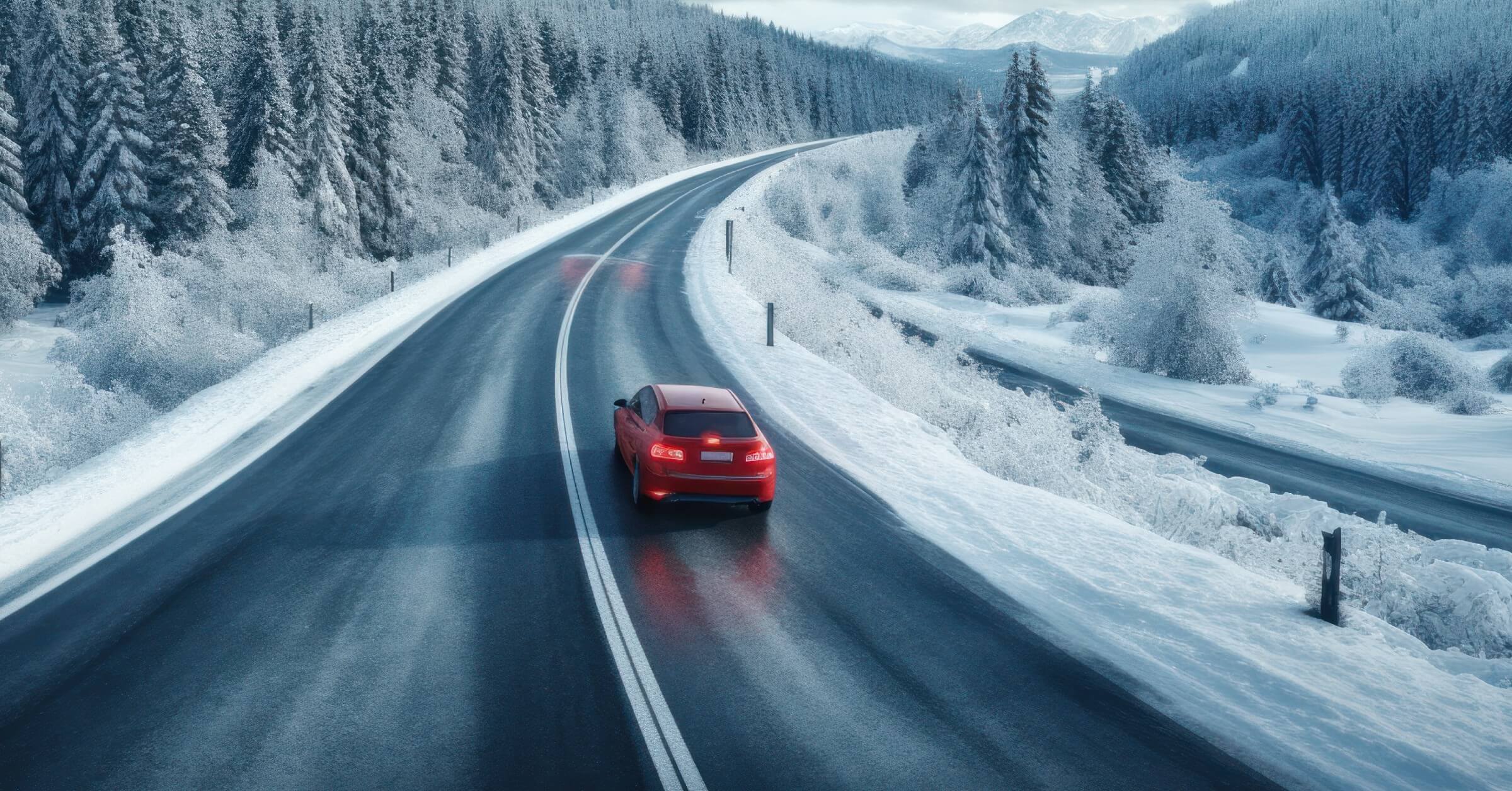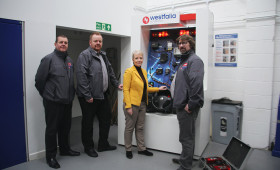
Guide to Towing in Winter and Snow
Winter is the most challenging season for towing, even for the most experienced drivers. With the roads covered in snow and ice, every mile requires extra vigilance. At Witter-Towbars, we offer a new perspective on towing in these frosty conditions. We'll discuss how to adjust your driving, prepare your vehicle, and stay safe on winter roads while towing.

Check Road Conditions Before You Head Out
Before setting out, check the weather forecast and road conditions. Avoid towing during heavy snowfall or blizzard conditions unless absolutely necessary. If caught in unexpected bad weather, it's best to find a safe place to park and wait out the conditions. It's also a good idea to have a radio or weather application handy to stay informed about sudden changes in weather and road conditions.
Watch Your Speed and Double Your Following Distance
When you're towing in winter, drive slower than usual to maintain control and avoid sudden turns or acceleration. In addition to this, it's wise to double your usual following distance. The physics of towing on icy roads means your vehicle's response time and behavior change. This is where doubling your usual following distance comes into play. It's not just about having more room to break; it's about compensating for the reduced traction and the increased inertia from the extra weight you're pulling.

Have Winter Tires and Snow Chains
Ensure both your towing vehicle and trailer have winter tires for better traction. Carrying chains for the tow vehicle and possibly for the trailer, as well as having an emergency kit, is required for extreme situations. Also, if you can, choose a four-wheel-drive vehicle for towing. It evenly spreads power across all tires, giving you more control and stability, which is exactly what you need when the roads get rough.
Carry an Emergency Kit
Whether you are towing a caravan or trailer, you should carry an emergency kit with you. In winter, this kit should at least include a flashlight, first-aid kit, blankets, non-perishable food, water, basic tools, traction aids, a snow shovel, and a charged phone with a car charger.

Know Your Route
Plan your route in advance, avoiding hills and narrow roads where possible. Instead, drive on highways as they are more likely to be cleared of snow and ice, providing a safer path for your winter towing journey.
Install Trailer Brakes
Without trailer brakes, the entire burden of slowing both the vehicle and the trailer falls on the towing vehicle's brakes. In winter conditions, where roads are often slippery and response times are critical, relying solely on the towing vehicle's brakes is a risk that can lead to skidding, loss of control, or even jackknifing. Installing functional electric trailer brakes is a crucial aspect of safe towing in winter. These brakes are essential because they distribute the braking force evenly between the towing vehicle and the towed trailer. This distribution is key to maintaining control and stability when slowing down on icy roads.
Avoid Cruise Control
When you're towing in winter, it's best to steer clear of using cruise control. Cruise control may be convenient for long, dry stretches of freeway, but winter roads? They're a whole different ball game. You might hit a patch of black ice or a sudden snowdrift, and in those moments, you need to be able to react fast. With cruise control on, it might take a crucial second longer to slow down or adjust your speed, and that can make all the difference.
Disengage the Friction Sway Control
While effective in some situations, friction sway controls have their limitations. They are generally less effective in wet or icy conditions, as the friction they rely on can be reduced under these circumstances. In such cases, it's recommended to disengage the friction sway control. However, modern towing vehicles come equipped with electronic sway control systems as part of their stability control features. These systems can adjust power and braking to individual wheels, offering a more adaptable solution to friction sway control in varied winter conditions.
Properly Distribute Weight in the Trailer
When loading your trailer for winter towing, heavier items should be positioned lower in the trailer and towards the front. Also, make sure all cargo is securely fastened. This goes without saying, but don't exceed the maximum towing weight of your vehicle. As a matter of fact, it's best to adjust the towing weight to account for reduced road traction. Learn more about towing capacity and what you can tow with your car here.

